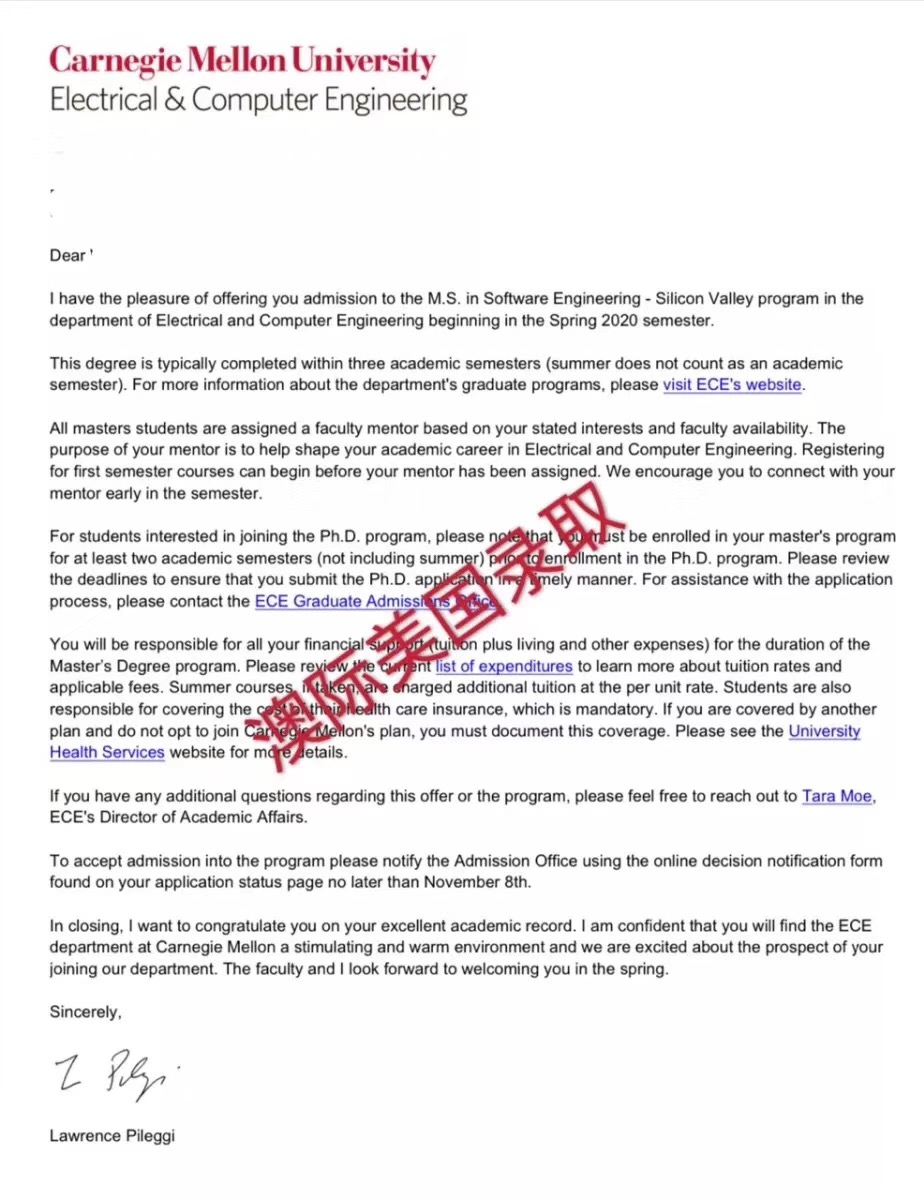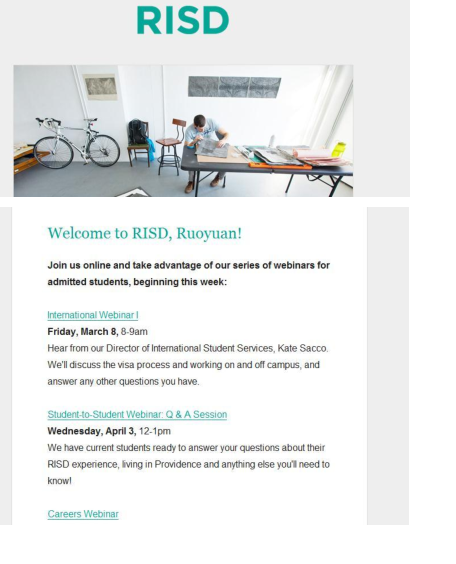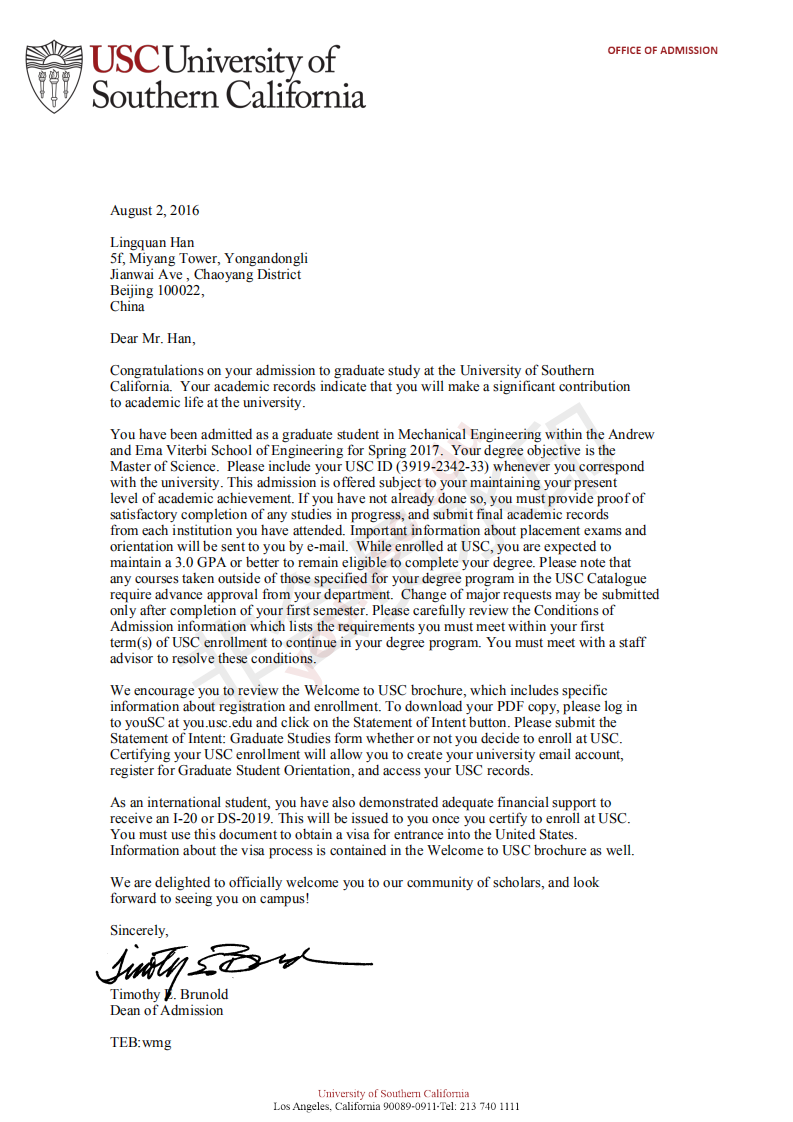美国公立大学与私立大学费用有巨大差距.
2017-07-27 221阅读
Report Highlights Gap in Student Spending by Public and Private Colleges
The Delta Project, an independent research organization focused on college affordability, released a report last month that charts trends in university spending from 1999 to 2009.
The report, which was noted this week in a Web posting by Michael Kirst ofStanford University, emphasizes that the institutions of higher education that enroll the most students tend to spend the least on their students’ schooling. The report cites community colleges as evidence of that point:
In 2009, community colleges educated over 6.5 million students — the single biggest sector nationwide, serving over a third of all students – yet spent about $10,000 per student annually, an amount less than any other type of college or university.
Private research institutions, while typically charging higher tuition rates than other types of colleges, spend, far and away, the most money on their students’ education, the report concludes.
In its report, the Delta Project stresses that the disparity between what a private college and a public community college spend on their students has increased significantly in recent years: “Over the past decade, higher education in the United States has grown increasingly stratified,” the report’s authors write.
Meanwhile, as readers of The Choice are well aware, tuition at all types of institutions has increased in recent years. The Delta Project reports that the rates of tuition increase over the last decade have far outpaced the rates of inflation, per capita personal income and most major commodities.
Public colleges in particular have raised their tuition sharply since the early 2000s, the report notes, due to “sharp declines in state appropriations following the 2001 recession and the failure of appropriations to return to prerecession levels.”
But the percentage increase – as opposed to the raw dollar increase – in public college tuition can be deceiving:
While tuitions in the public sector rose at a higher percentage rate than those in the private sector, the actual dollar increases for public colleges and universities were much lower. For example, the sticker price for public research universities rose 56 percent between 1999 and 2009, amounting to an average increase of $2,486. During the same time period, tuition at private research universities “only” rose 32 percent, but this equaled an average increase of $7,380. A similar pattern holds for public and private master’s institutions.
The greatest expense for any college, the report notes, is employee compensation, which accounts for 60 percent to 70 percent of all higher education spending.
In response to the scale of that expense, all types of colleges have boosted their use of part-time faculty or graduate assistant instructors over the last decade.
澳际提示:有问题?澳际留学在线专家帮您解决!
2012年美国大学的排名(公立)
2012年美国公立大学排名
申请美国公立大学如何准备
留学咨询
更多出国留学最新动态,敬请关注澳际教育手机端网站,并可拨打咨询热线:400-601-0022
留学热搜
相关推荐
- 专家推荐
- 成功案例
- 博文推荐

Copyright 2000 - 2020 北京澳际教育咨询有限公司
www.aoji.cn All Rights Reserved | 京ICP证050284号
总部地址:北京市东城区 灯市口大街33号 国中商业大厦2-3层









高国强 向我咨询
行业年龄 11年
成功案例 2937人
留学关乎到一个家庭的期望以及一个学生的未来,作为一名留学规划导师,我一直坚信最基本且最重要的品质是认真负责的态度。基于对学生和家长认真负责的原则,结合丰富的申请经验,更有效地帮助学生清晰未来发展方向,顺利进入理想院校。
陈瑶A 向我咨询
行业年龄 15年
成功案例 4612人
拥有大量高端成功案例。为美国哈佛大学、宾夕法尼亚大学等世界一流名校输送大批优秀人才。
齐亚楠 向我咨询
行业年龄 13年
成功案例 3536人
商科案例有哥伦比亚大学等,工科案例有麻省理工大学等,艺术案例有罗德岛大学等。
李君君 向我咨询
行业年龄 13年
成功案例 3623人
成功案例涉及美国排名前60的院校,专业涵盖商科(金融,会计,管理),工科(生物工程,化学工程,计算机科学,电气工程)等热门领域。